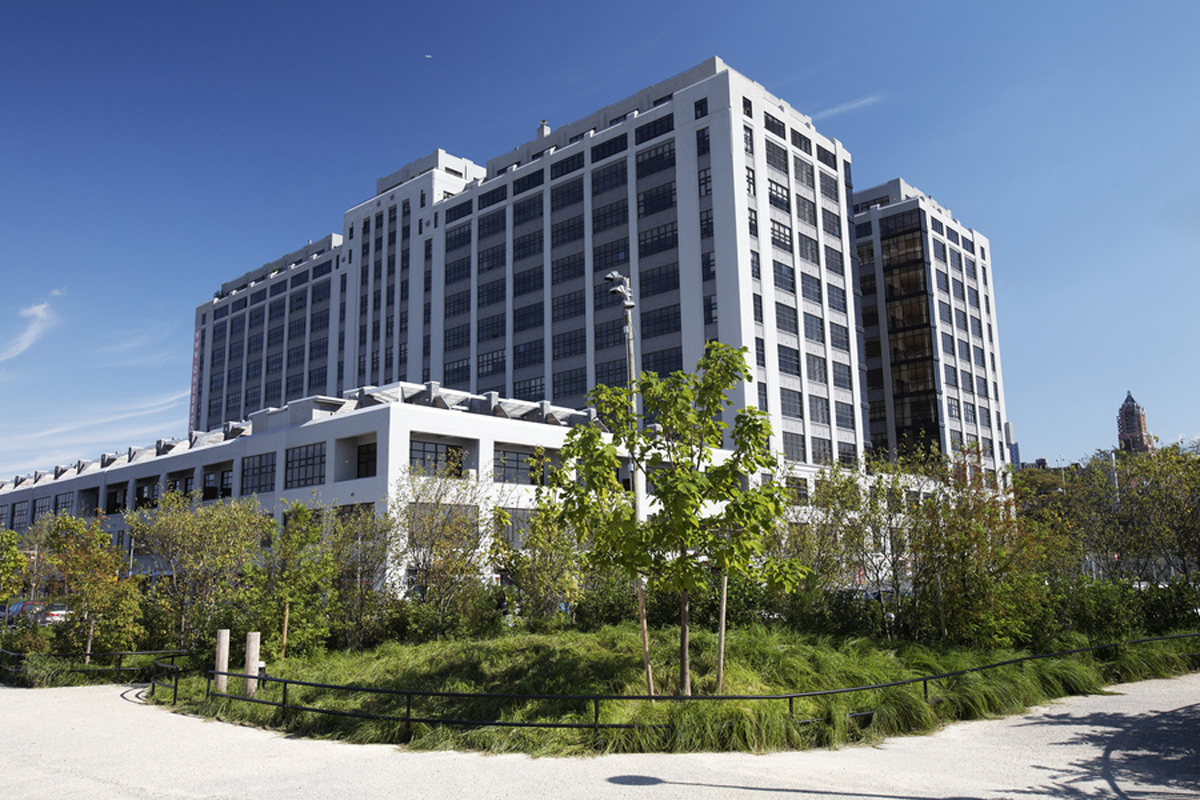Trending
Brooklyn again sets record-high sales prices. But can it continue?
Key market segments showed declines in the first quarter

Declining inventory and bidding wars drove home prices in Brooklyn to record highs in the first quarter, but there appear to be signs that the market is slowing.
In Brooklyn, the median sales price rose 3.2 percent in the first quarter to $795,000, which tied a record from the second quarter of 2017, according to the latest report from Douglas Elliman.
Brooklyn, Queens and the Riversdale market in the Bronx are all experiencing the ripple effects of low sales growth in Manhattan last year, said Jonathan Miller, CEO of appraisal firm Miller Samuel and author of the report.
Miller said this environment of high sales prices with a low inventory creates a “tight market” that leads to record figures. Brooklyn, Miller added, has reached all-time record median prices in five of the past seven quarters.
“Although it was interesting to see the median price set a new record, the market is extremely tight,” he said. “And when we have a tight market there’s a possibility of setting records.”
The figures show that Brooklyn properties were snapped up quicker too, with just an average 84 days on the market, down from 97 days. Bidding wars also took place in 18 percent of sales, according to the report.
But there are signs of a cooling. After 10 quarters of consecutive year-over-year sales gains, borough-wide sales dropped 13.9 percent in the first quarter. Key market segments took big hits: Overall listings inventory fell 10.8 percent to 2,043, and the amount of luxury product in particular fell 21.8 percent to 197. The median sales price of luxury apartments fell 4.7 percent to $2.425 million year-over-year, and the median sales price of new development condos dropped 7.6 percent to $858,177. In contrast, the co-op market performed well, with prices rising 10.1 percent to $428,000.
Fewer sales generally occurred at all price points suggesting a slowdown was more of a market-wide phenomenon than a niche pattern, Miller wrote in the report.
Queens, while not as constricted as the Brooklyn market, saw double-digit increases in sales prices. The median sales prices shot up 13.4 percent to $550,000 and average sales by even more, up 11.9 percent to $624,554. Inventory rose 5 percent year-over-year in Queens, but, like its neighboring borough, sales fell by 2.7 percent.
In Riverdale, which includes Fieldston, Hudson Hill, North Riverdale and Spuyten Duyvil, lower inventory levels kept sales growth in check. Median sales price declined year over year by 0.5 percent to $283,500, after five consecutive increases, as listing inventory dropped 36.5 percent to 127.
“When the dust settles on 2018, we’ll probably see less sales volume, and activity,” Miller said. “And that’s a combination of low inventory and consumers taking longer to make decisions with what’s on the horizon with the tax law, and the challenge of sellers overpricing their listings.”




